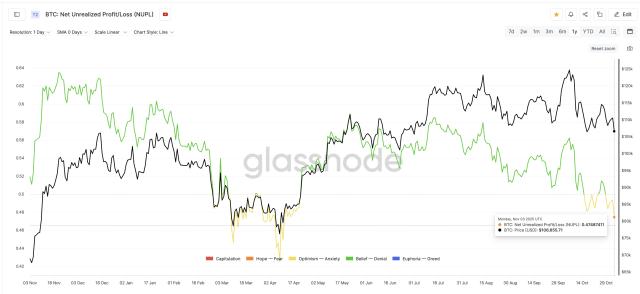Independent DeFi analysts have mapped a web of exposure tied to Stream Finance's $93 million loss, revealing that millions of dollars in loans and collateral positions could be indirectly affected across a network of lending markets, stablecoins, and liquidity vaults.
According to a breakdown by YieldsAndMore — a collective of DeFi power users and onchain researchers — Stream's debts span at least seven networks and involve numerous counterparties, including Elixir, MEV Capital, Varlamore, TelosC, and Re7 Labs.
The analysis shows how assets tied to Stream's xUSD, xBTC, and xETH tokens were rehypothecated across protocols like Euler, Silo, Morpho, and Sonic, amplifying potential contagion across decentralized finance.
Overall, YAM estimates that Stream-related debt totals about $285 million, excluding indirect exposure via derivative stablecoins. The group's data also highlight TelosC ($123.6 million), Elixir ($68 million), and MEV Capital ($25.4 million) as the largest curators linked to Stream-backed lending markets.
"This is a massive loss," the YAM syndicate wrote. "It's unclear how this will be settled between xUSD/xBTC/xETH holders and lenders against these tokens… There likely are more stables and vaults affected."
Elixir, Treeve, and other affected protocols
YAM's findings suggest that the largest single exposure belongs to Elixir's deUSD, which lent $68 million in USDC to Stream. The amount reportedly represents roughly 65% of deUSD's total backing. Elixir says it holds "full redemption rights at $1" for its position, but the Stream team reportedly told creditors that repayments are on hold pending legal review, according to YAM's X post.
Other indirect exposures may include Treeve's scUSD, which is entangled in multi-layered lending loops through Mithras, Silo, and Euler, as well as smaller but notable positions held by Varlamore and MEV Capital.
"This map is still incomplete," YAM wrote on the Stream incident. "We expect more affected vaults to emerge as positions unwind and lending contracts are audited."
Stream had not responded to The Block’s request for comment as of publishing.
What went wrong?
The new data deepens the picture of what began when Stream halted all withdrawals and deposits after disclosing a $93 million loss across its synthetic asset markets.
Stream Finance operates a synthetic asset protocol that issues tokens such as xUSD, xBTC, and xETH. Each is backed by onchain collateral and pegged to its real-world counterparts. Users deposit collateral such as ETH, BTC, or stablecoins to mint xAssets, which can then be traded, staked, or used as collateral on other DeFi platforms. The model relies on overcollateralization and rehypothecation — the reuse of collateral across multiple lending loops — to maximize capital efficiency. While this design boosts yield, it also increases systemic risk: if xAsset collateral values fall or counterparties fail, losses can cascade through the interconnected protocols that rely on them.
The project hasn't issued a full post-mortem. Still, YAM's early evidence points to a liquidity mismatch and collateral devaluation among Stream's xAssets, which were widely re-lent across other protocols.
It's possible that widespread rehypothecation meant that the failure of one vault could cascade through others, leaving multiple creditors uncertain about recovery. Stream has not clarified whether user funds will be restored or whether any insurance mechanisms exist.
DeFi's rocky November start
The Stream fallout marks the third major DeFi incident in less than a week, following the $128 million Balancer exploit and an oracle manipulation attack on Moonwell DeFi that drained about $1 million from lending pools on Base and Optimism, according to blockchain security firm CertiK.
Together, the three events have erased at least $222 million in value from DeFi protocols in early November, exposing how deeply intertwined liquidity and collateral systems have become across chains.






